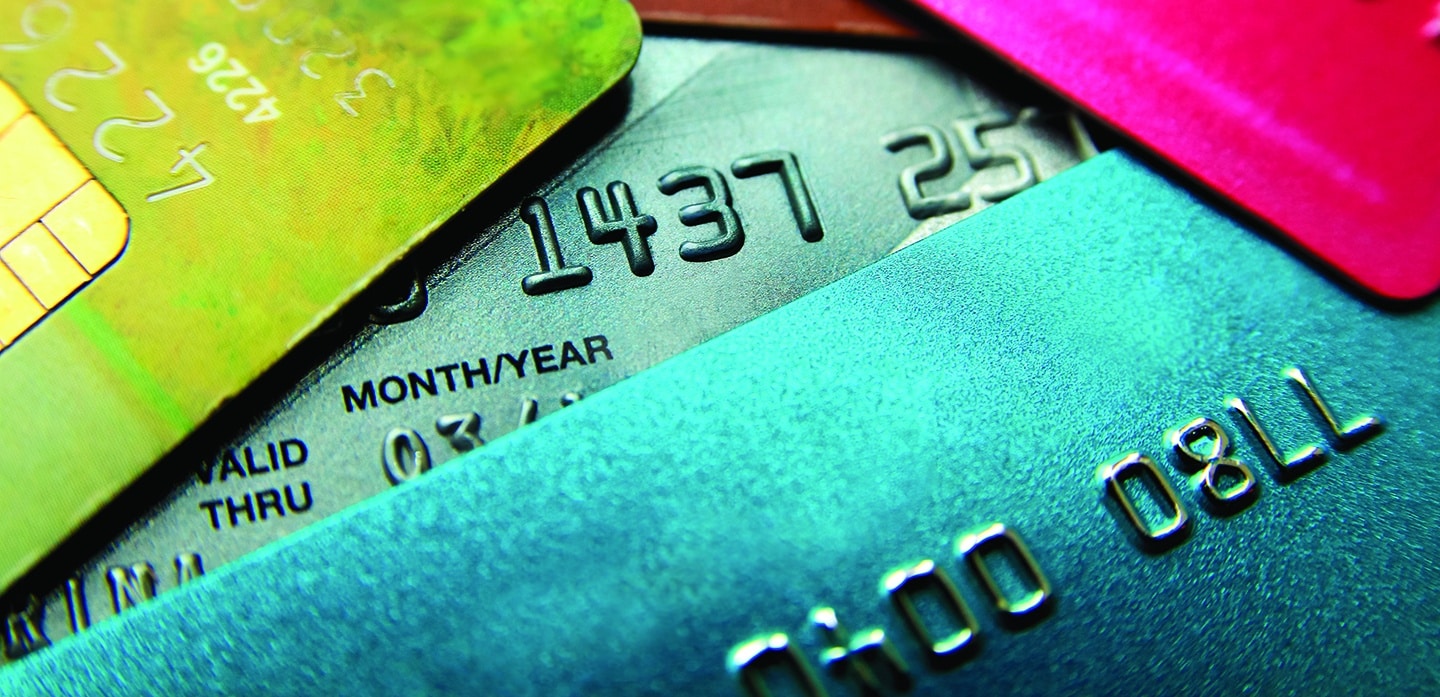Best Practices to Avoid Credit Card Fraud

A debit card can be an excellent tool in your wallet. It’s easier than writing a check and safer than carrying cash. Plus, a debit card can provide some accountability if credit cards make unnecessary shopping too tempting—with debit, you can only spend the money you have.
But using a debit card can also present some risks. In 2020, debit card users in the U.S. lost a total of $117 million to fraud.
Wondering how to avoid debit card fraud? Follow these tips to protect yourself the next time you swipe your debit card.
1. Safeguard your account information.
One of the best ways to prevent debit card fraud is to be careful with your account information. That includes keeping your account number and PIN private. Avoid using an obvious PIN that’s easy to guess, like your birthday. And don’t keep your PIN number written down in your wallet.
You can also see if your debit account offers multi-factor authentication, which adds extra layers of security to prevent unauthorized users from accessing your account details and making purchases. The Federal Trade Commission also recommends cutting up old cards and safely disposing of old account statements and ATM receipts.
2. Use a credit card for online purchases.
Most experts agree that credit cards are a safer bet than debit cards for online shopping. If fraud does occur on a credit card, it can be easier to zero fraud liability, which means you won’t be on the hook for paying back any fraudulent charges.
3. Cancel and report lost cards.
If you lose your wallet, don’t delay canceling your debit card and reporting it missing to your bank. The sooner you report a card lost or stolen, the better: Your maximum losses increase the longer you take to report a missing card.
For example, if you report a card missing within 48 hours of noticing unusual charges, your maximum liability is only $50, per FTC guidelines. That maximum increases to $500 if you wait more than two business days but less than 60 calendar days to report a stolen card.
4. Beware of ATM “skimming.”
Skimming is a technique that criminals use to record bank account data from a shopper’s debit or credit card. To prevent a skimming scam, the FBI suggests avoiding card readers and payment terminals that look crooked, damaged or unusual in any way.
Skimming is mostly used to steal data from cards with magnetic strips; a card with chip technology is less vulnerable to skimming, according to the FBI.
5. Act quickly after you notice unusual charges.
Unfortunately, debit card fraud can still occur even if you’re vigilant about keeping your account information safe. If you notice any unusual or fraudulent activity on your account, reach out to your bank ASAP to cancel your card and begin next steps to recover your losses.
And don’t forget about the power of the SecureLOCK Equip app, you can ensure your WaterStone Bank Debit Card never gets used without your knowledge. Turn it off or on whenever you want and set the card to only work where you are. You can set a limit on the transaction amounts and receive instant alerts every time your card is used. Get complete and total control over your Debit Card by downloading the free SecureLOCK Equip app today!

